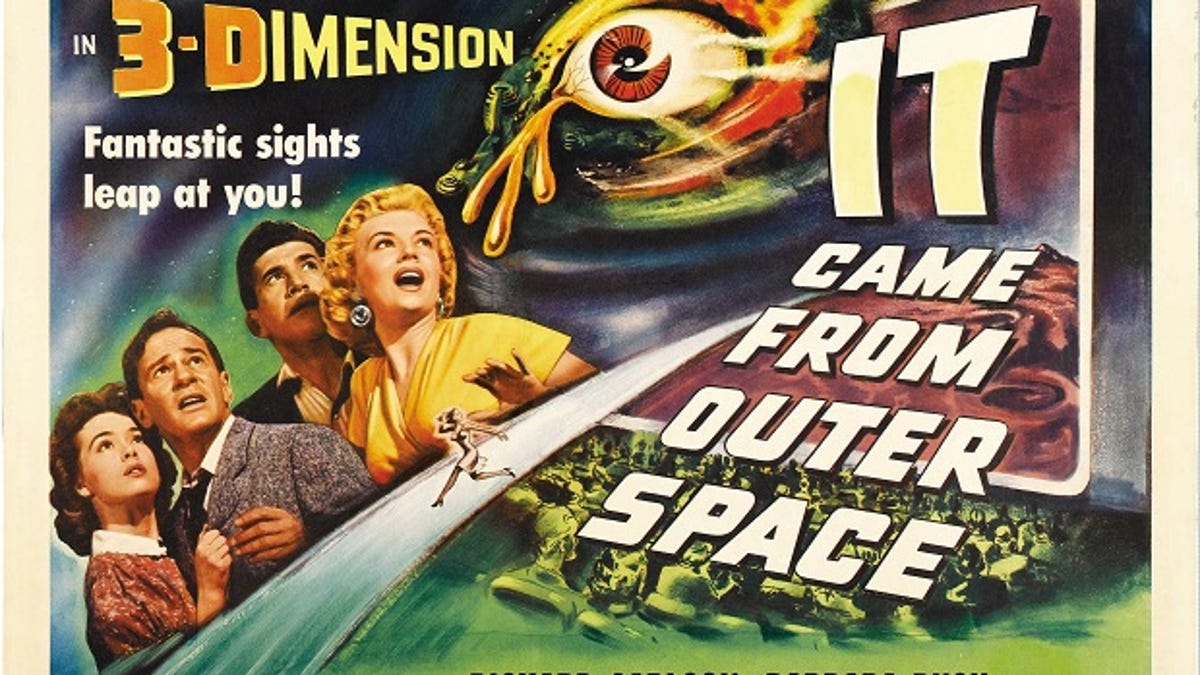NASA's Voyager sends back freaky sound of interstellar space
Let's just say that the composers of '50s-era sci-fi soundtracks weren't all that wide of the mark.

You've no doubt heard NASA has officially declared that its Voyager 1 spacecraft has left our solar system, becoming the first-ever human-made object to do so. But have you heard the trippy soundtrack Voyager sent back from interstellar space?
NASA scientists confirmed the craft's move beyond the sun's heliosphere and into interstellar space by listening to radio transmissions sent back every six months by Voyager. The plasma, or ionized gas, in the heliosphere has a different density than the plasma of interstellar space. As PBS explains it, "When solar flares send ripples through the plasma, causing the particles to vibrate, two antennae on Voyager pick up the frequency and transmit it back to Earth as an audible radio transmission." Thus, a change in the sound would signal a move into the different plasma environment.
Before we get to our intriguing sound file, here's NASA's poetic explanation, which speaks of "unexpected gifts" and "violin strings":
Voyager 1 does not have a working plasma sensor, so scientists needed a different way to measure the spacecraft's plasma environment to make a definitive determination of its location. A coronal mass ejection, or a massive burst of solar wind and magnetic fields, that erupted from the sun in March 2012 provided scientists the data they needed. When this unexpected gift from the sun eventually arrived at Voyager 1's location 13 months later, in April 2013, the plasma around the spacecraft began to vibrate like a violin string. On April 9, Voyager 1's plasma wave instrument detected the movement. The pitch of the oscillations helped scientists determine the density of the plasma. The particular oscillations meant the spacecraft was bathed in plasma more than 40 times denser than what they had encountered in the outer layer of the heliosphere. Density of this sort is to be expected in interstellar space.
Here, courtesy of The Atlantic, is the very spacey sound of that coronal mass ejection in interstellar space:
Wow! Creepirific. Swap out "violin string" and swap in "theremin." Famed soundtrack composers Bernard Herrmann and Herman Stein would no doubt be flattered (see embedded clips below).
We're wondering if, roused by Voyager's presence, a flying saucer will touch down near the White House, bearing a peace-loving robot named Gort. Klaatu barada nikto!

